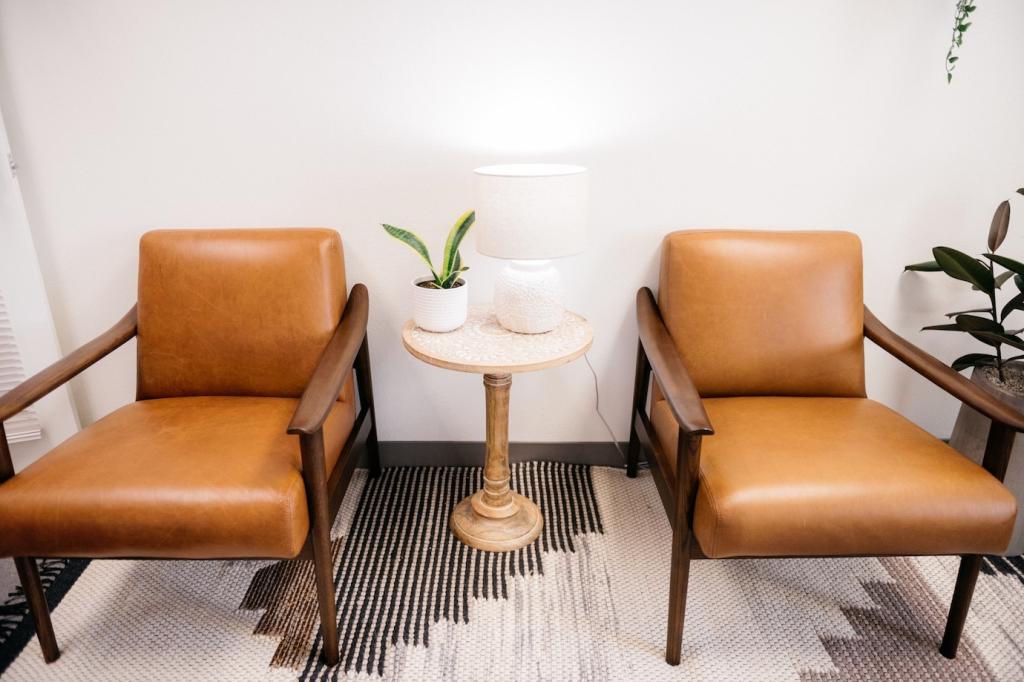
Furniture Placement Strategies for Cozy Studios
Today’s chosen theme: “Furniture Placement Strategies for Cozy Studios.” Discover layout ideas, clever zoning, and human-tested tips to make a compact studio feel generous, warm, and beautifully livable. Share your layout questions and subscribe for weekly small-space playbooks.
Let one item define each area: a rug for living, a headboard or screen for sleeping, a compact table for dining. This signals purpose, guides traffic, and keeps the studio coherent without blocking precious light.

Multifunctional Pieces That Earn Their Keep
A daybed against a wall can be lounge by day, bed by night, and guest-ready on weekends. Add bolsters for sofa-like posture. Measure folding clearance to avoid nightly Tetris and keep nighttime routines blissfully simple.
Multifunctional Pieces That Earn Their Keep
Use a drop-leaf or gateleg table that expands for dinner and collapses for focus work. Nesting tables slide apart for guests, then tuck away. Tell us your square footage; we’ll suggest models that fit perfectly.
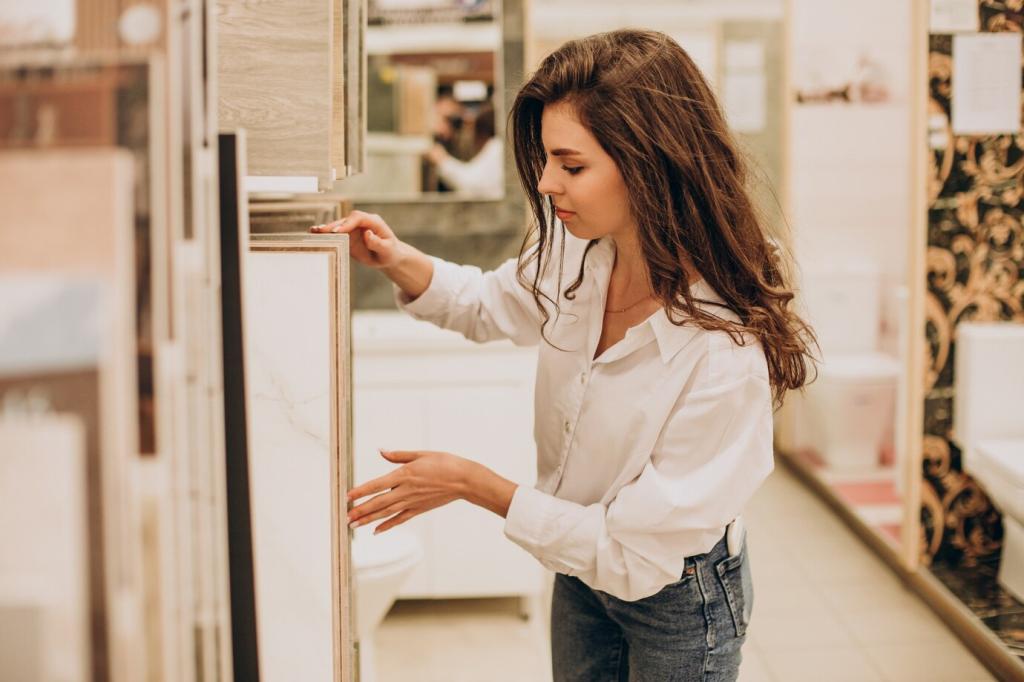
Scale, Proportion, and Comfortable Clearances
Lower backs, slim arms, and raised legs keep sightlines open so spaces feel airier. Avoid bulky bases that sit flush to the floor. Share your sofa’s dimensions, and we’ll confirm whether the scale suits your studio.

Light, Sightlines, and the Illusion of Space
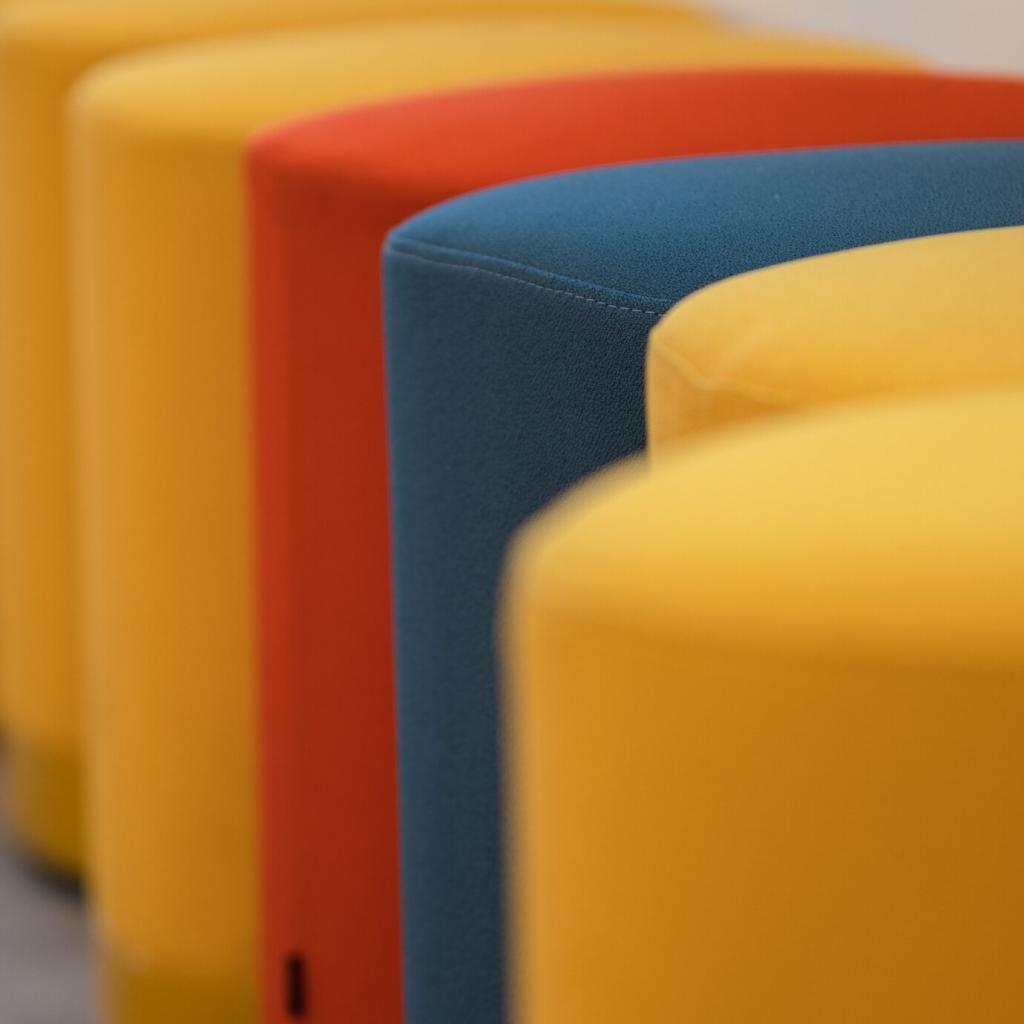
Keep Tall Pieces Away From Windows
Place bookshelves and wardrobes on interior walls to avoid blocking light. Near windows, use low seating, leggy tables, or transparent pieces. Drop a comment with window heights, and we’ll fine-tune ideal furniture positions.
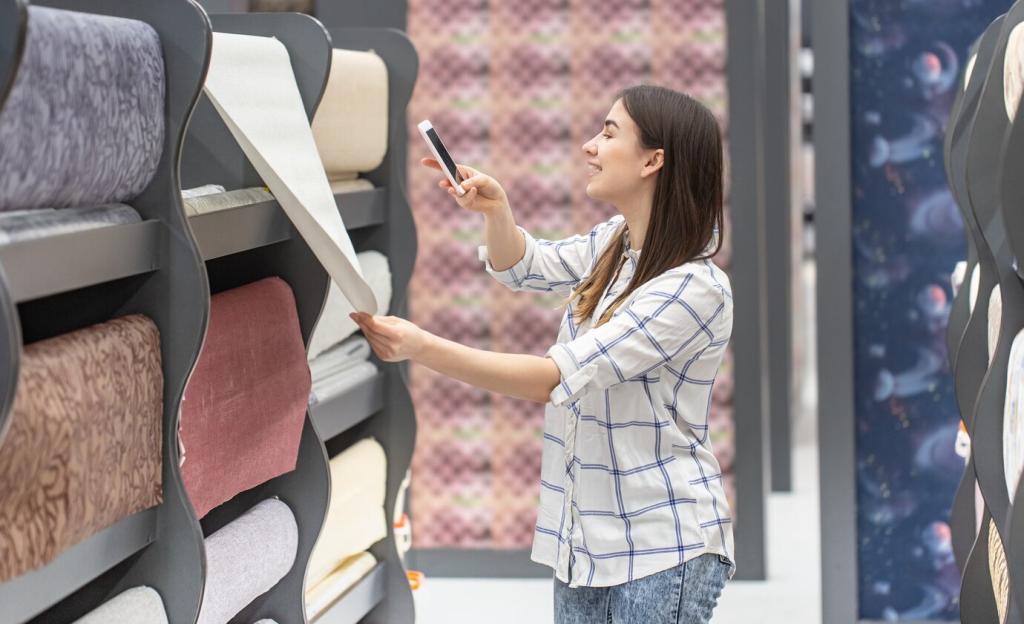
Use Glass, Mirrors, and Open Backs
A glass coffee table, acrylic chairs, or open-back shelving reduce visual weight. Mirrors placed opposite windows bounce light deeper into the room. Tell us your wall color, and we’ll recommend mirror sizes that feel balanced.

Respect Sightlines From the Entry
First impressions matter. Keep the pathway from the door to the main window open and inviting. Float furniture thoughtfully so your eye travels outward, not into a bulky block. Share entry photos for layout feedback.
Double-Duty Bookcases as Partitions
Use a waist-high bookcase behind a sofa to mark the living area while holding books and baskets. Keep the top styled lightly for airiness. Comment with your bookcase length, and we’ll advise ideal placement and anchoring.
Under-Bed and Over-Door Opportunities
Shallow under-bed drawers and sleek over-door shelves hide seldom-used items. Label everything to streamline changeovers from work to rest. Share bed clearance numbers, and we’ll estimate how many drawers fit comfortably.

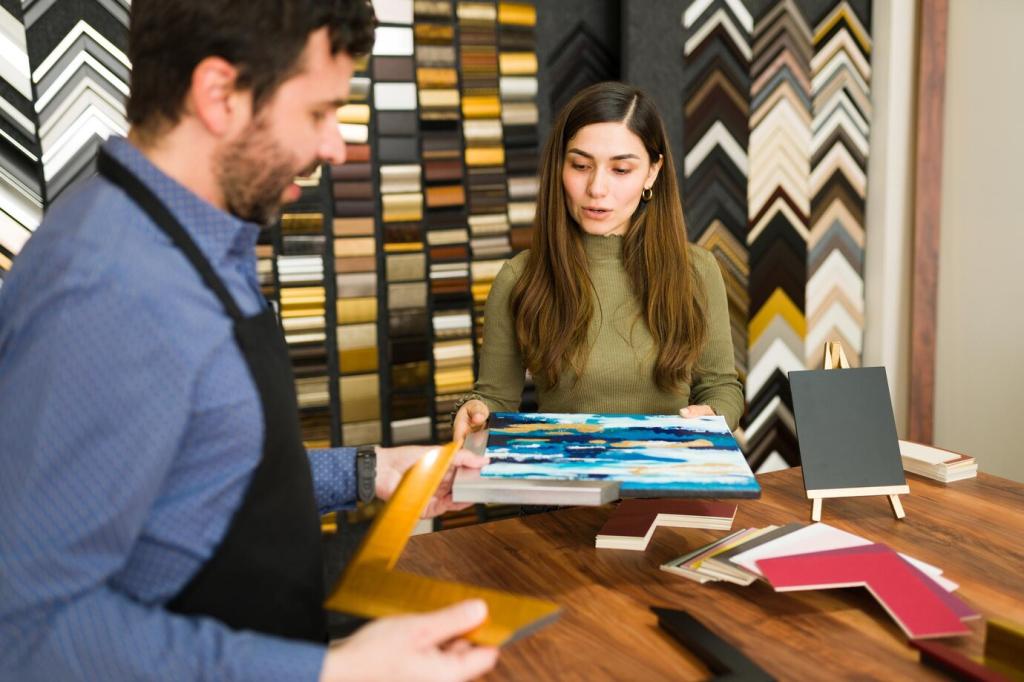
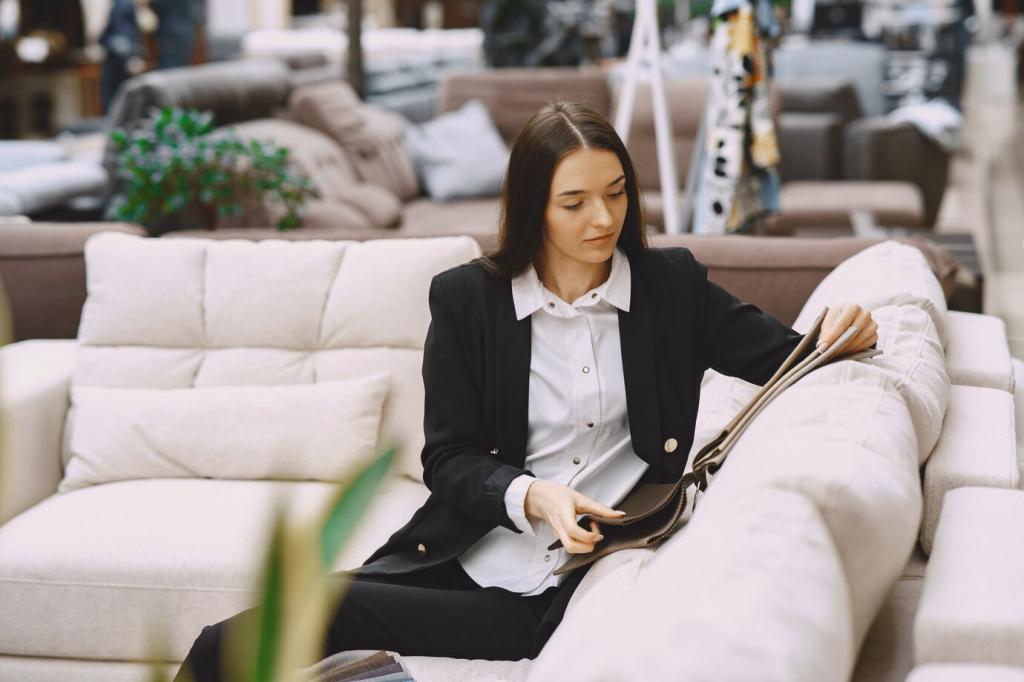
A Real-Life Mini Makeover Story
01
Maya floated her loveseat to separate living from sleeping, added a waist-high bookcase as a divider, and swapped a bulky coffee table for nesting rounds. Overnight, traffic simplified, light improved, and her studio felt intentional.
02
She widened walkways to roughly thirty-two inches and moved tall shelving off the window wall. A mirror opposite the window brightened evenings. Comment if you want Maya’s simple checklist; we adapted it into a printable guide.
03
Instead of buying new, she reconfigured what she owned: a trunk became a storage bench, and a drop-leaf table replaced a desk. Share what you already have, and we’ll brainstorm budget-friendly, placement-first upgrades.
